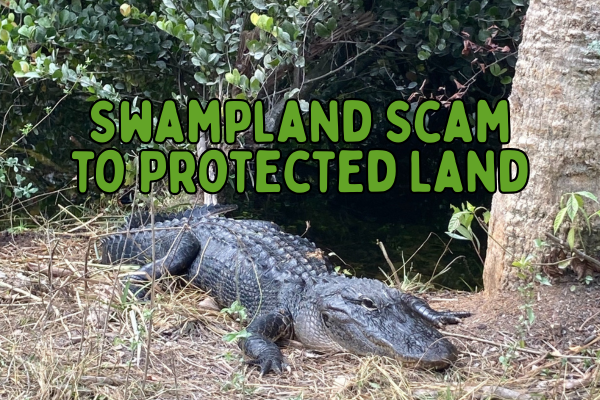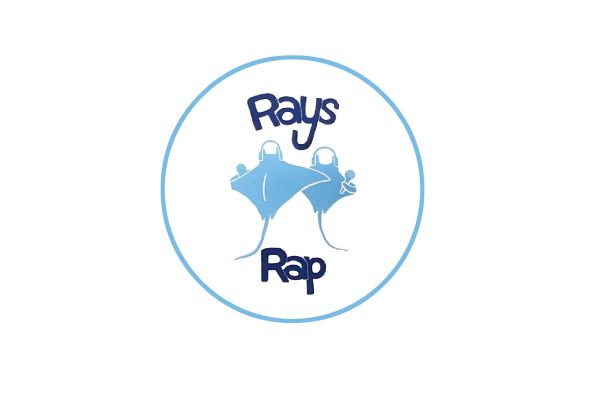When walking on the beach, you might notice an array of colorful shells along the shore as the waves crash onto the beach. Have you ever thought about taking some of these shells? Here on Marco Island, you can find many unique shells for your collection, even if you don’t know much about them.
Before beginning your shelling journey, finding the best spots and times to go to the beach is important. Generally, the tip of the shoreline is the best place to find shells. The tip of the shore is often hit harder by oncoming waves, bringing in more shells and creating shallow tide pools. This congregation of shells creates a hotspot for shellers and makes it easier to find prized shells among thousands. Marco Island, South Beach, and Tigertail Beach are on the shoreline’s tip. These spots, particularly near the very south and north sides of the island, are known for having good shells.
Aside from the main beaches of Marco Island, the untouched, pristine beaches of the surrounding small islands serve as hidden shelling spots rich in shells and wildlife. These areas are inaccessible to the average sheller, leaving more prized shells to those who make the trip by boat. Some of the best remote spots for finding shells include Keewaydin Island and Kice Island.

Another important component to consider when shelling is tides. Tides change based on the day, with low tide being the ideal time to find beached shells. A morning trip during low tide would be an ideal time to go shelling as it is hard to see at night, and most public beaches do not have access after dusk.
Although you might find a lot of interesting shells on the beach, you must ensure that the shells are no longer alive. In Florida, it is illegal to take live shellfish, as well as urchins, sea stars, and sand dollars. Therefore, when taking shells from the beach, check for live animals inside. Live animals often have brighter colors whereas dead organisms turn pale.
Some of the most desirable shells that you can find on Marco Island include Junonia, Lace Murex, Scotch Bonnet, Alphabet Cone, Worm Shells, Sand Dollar, Banded Tulip, Lettered Olive, Horse Conch, and Lightning Whelk.
Junonia shells are small, beige, spiral shells with brown polka dots. These shells come from Junonia sea snails, which live in waters typically 40-60 feet offshore. These shells are rare on the beach since the snails do not live close to the shore.
Lace Murex shells are pale white spiral shells that vary in size. These shells are unique because they have spike-like protrusions that are formed as the shell grows. These shells come from a species of sea snail and the sharp designs help to defend against predators.
Scotch Bonnet shells are medium-sized, spiral shells that vary in color. These shells have a white base but are spotted with different shades of orange, creating a variety of appearances. These shells come from a species of sea snail. Like many other species of sea snail, these animals are found in waters between 50 and 200 feet in depth.
Alphabet Cone shells are small, uniform shells that are generally light in color. These shells are spiral but smooth in feeling with random spots that range from brown to orange in appearance. Alphabet Cones are a species of small sea snail. Despite being small, these snails can inject venom through a sharp tooth. All species of cone snails are venomous and can possess neurotoxins that are dangerous to humans. Make sure to not pick these up if they are still alive.
Worm Shells vary in appearance. Some worm shells look similar to Cavatappi pasta noodles, and others look more like other spiral shells. These shells are usually light in color by the time they wash up on the beach.
Sand dollars are one of the most well-known species of shell. Sand dollars are flat and circular in appearance, with a small star-like shape in the middle. These shells are brown and have hair-like feet when alive. When they are dead, they are bleached white by the sun and lose their color.
Banded Tulip shells are medium to large-sized spiral shells that vary in color. Some of the most common colors include gray, brown, and orange. These shells also have horizontal stripes that are darker in appearance. These shells come from a species of sea snail found in depths of 2 to 150 feet along the coastline.
Lettered Olive shells are medium-sized, oval-shaped shells that are typically brown or beige. These shells are smooth with designs similar to that of marble or granite material. These shells come from a species of predatory sea snail.
Horse Conch shells are huge shells that can be found along the beach. These shells are typically dark gray or light in color, and come from a large, predatory sea snail. These animals are bright red, giving the inside of the shell a similar color.
Lightning Whelks are a large species of predatory sea snail. These shells are easily recognizable with a long tip, spiral design, and vertical stripes. They vary in color, yet areusually brown or orange.
An important rule of thumb to remember when shelling is to never take live sea creatures. It is illegal on Marco Island to take any live shells unless you have a special permit. This includes whelks, conchs, sea urchins, starfish, sand dollars, and more.
If you are looking to add any of these to your shell collection, an easy way to try and obtain them would be to look near the high tide line during a lower tide. This is because sea creatures like the ones listed above will often end up stranded onshore by the receding tides.
Make sure you double check that the organism is past the point of saving before you decide to take it home. This is especially true with whelks and conchs, as both are likely to sting you if you aren’t careful picking it up.
As is the case with most hobbies, it is important to have fun while shelling. The scenic beaches, crashing waves, and salty air will turn any day into a great beach day and provide suitable conditions to find beautiful shells.





















